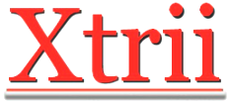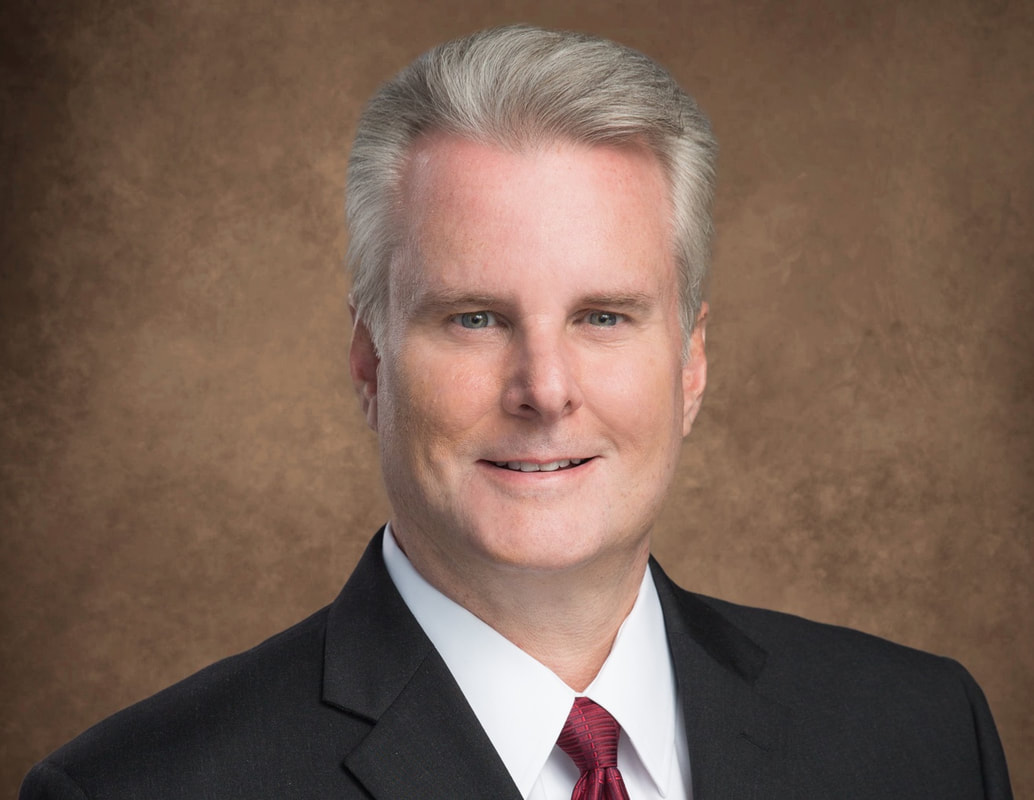 Having worked in the healthcare industry for more than 25 years and serving as the CIO and CTO for healthcare organizations, I have seen a lot of information technology challenges in the healthcare industry. There was Y2K ... upgrading the extensive list of legacy systems and ensuring information systems, biomedical systems and devices, and the wide-array of technology used in the healthcare system was not impacted by Y2K. That challenge was successfully met by most healthcare organizations with little to no impact thankfully. Then there is "Meaningful Use", which has driven a rush for organizations to implement Electronic Health Records and other systems, which again placed a major impact on internal Information Technology organizations. And of course there have been others, which have all kept healthcare CIOs and their I.T. organizations very busy for many years. But now there is a swirling of many simultaneous I.T. initiatives that could become the perfect storm that crushes many healthcare I.T. organizations. Many healthcare organizations are still in the midst of their system implementations and other activities driven by Meaningful Use. Now along comes the required ICD-10 updates, which must be completed by October 1, 2015. The work required to successfully switch from ICD-9 to ICD-10 should not be underestimated, which unfortunately some organizations inevitably will do. And as if those simultaneous, major initiatives aren't enough to keep every CIO and CEO awake at night, the Affordable Care Act (aka "Obama Care") and the new healthcare exchange is generating new I.T. initiatives and an I.T. surge in demand within most healthcare organizations. And then there's also the pinned-up demand for the I.T. projects that were put on hold in the past in order to focus on Meaningful Use and the other initiatives I mentioned. And with all those challenges to juggle, healthcare organizations need to also focus on Cybersecurity. Healthcare is now a top target for hackers, and most healthcare organizations are not properly prepared and have inadequate cybersecurity. So, as you can see the next year will be extremely busy for most healthcare I.T. organizations. Like all industries there will organizations that will be well-prepared, and there will be those that are not. The difference is, in healthcare the impact can be more than just financial, it can impact patient safety and lives. Options: 1) Augment internal I.T. resources with the "right" external resources that can contribute immediately. You don't want to just throw "bodies" at such a challenge. This situation requires resources that know healthcare and I.T. and can make a meaningful contribution with minimal supervision. The challenge CIOs and healthcare leaders will face is the race to acquire these resources. Since everyone is facing the same deadline(s) and similar challenges, the will be a scramble to acquire these scarce resources. 2) Unfortunately, some CIOs and IT organization will follow their historical approach of trying to just do it all themselves. Good luck! While heroic efforts may have worked in the past, this unique combination of initiatives hitting at the same time will bury those that don't take the right actions. This tsunami is too big! As an technology leaders we need to encourage and assist those fellow technology leaders that are facing these challenges. It's bad for all of us, when one fails. Leverage your network to find the right resources, set the right plan(s), and take action now!
0 Comments
Your comment will be posted after it is approved.
Leave a Reply. |
AuthorMark Johnson is the Chief Executive Officer at Xtrii. He is a 10x CIO, global technology advisor and business leader. He has received global awards and recognition for excellence in technology and innovation. Archives
April 2020
Categories
All
|


 RSS Feed
RSS Feed